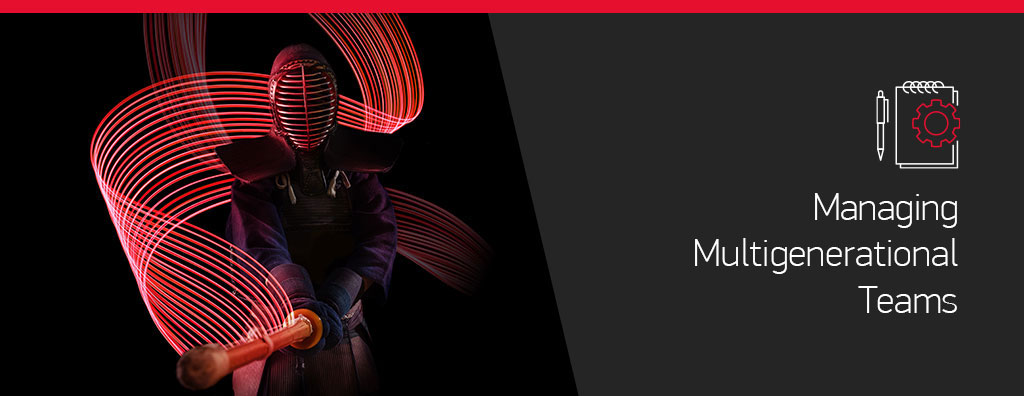
Multigenerational teams are a common reality in companies, but managing them can be a challenge. This article will help you identify, understand and take advantage of generational differences within the team.
1 – Find social common ground. Understand the zeitgeist.
From time to time, I like to play the “Generation Gap Challenge”, where I post a movie, TV Series, singer, etc., and I ask my teams. “Who knows this without going to Google?”
You’ll be amazed at the results when some of your colleagues’ age gap sometimes spans twenty-plus years. While the young crowd might not know anything about Knight Rider and show no interest in it, the more mature ones will also baulk at the latest short video social network trend.
The gap is real, not only in what we consume but how we consume it. Many of us might have needed to watch a show at the exact time it was being broadcast, while nowadays, one can see the number of views that a random YouTube video was replayed. These differences can be seen in our behaviours, and we were and are shaped by a social surrounding that changes very quickly.
Foster conversations around these topics to smooth out the bump of the gap and create empathy between your colleagues. Instil curiosity about how it is and how it was to strengthen the team bonds. Be the one that starts the conversation, questioning what these kids are up to nowadays, and be ready to accept your age and the less glamorous pictures of your past.
2 – Seniority is not an age nor the time spent on the job.
Certain characteristics aren’t a product of how old you are nor how much you have been doing the task at hand. Accumulated experience requires variety, challenge, and discomfort that translates to growth pains. While one can experience them all in a year, sometimes we might spend decades in such a stable environment that we become frozen or distraught by the slightest bump in the road. On the other hand, one can go through volatility and learn nothing about it while surviving it in the end. The pain was felt, and the scars are there, but nothing guarantees you’ll make it next time.
Push your teams to avoid desk driving as much as possible, but also provide them with the tools to build wisdom from every experience they have. There’s no worth going to hell and back if you can’t share a story about it, but certainly, there’s no story if you don’t try to knock on hell’s door.
3 – Calibrate to the seniority. Demand attitude and quality.
It’s easy to be lenient when a young coworker fails the task. We can rationalize that the person wasn’t equipped for the task; it was too complex for his seniority, and eventually, we’ll see “They tried their best” underwriting something delivered below the bar. It can be accurate, but if it is, we have already failed before even starting. On the other hand, sometimes it looks so quick and easy that we skimp on our duties.
Don’t get me wrong. You should not push unskilled teammates to accept the responsibility for handsprings with somersaults and twists when they didn’t try a simple backflip. As a manager, you need to understand the skill boundaries of your teammates and put them working at their edge where they can clearly see the next difficulty level, but there’s a chance that the tasks at hand are simply put easy.
Quality first principles are independent of how challenging a task is. They are the support beams for whatever you’re building, whether committed to a ten-storey building or a shed. They aren’t negotiable if you’re too young or too tenured, since they are common ground for all, and this is when attitude makes a difference. We shouldn’t slack when it looks too easy, or no one seems to be looking. We shouldn’t find an excuse when the bar was slightly higher than the last time. It really doesn’t matter how experienced one is if attitude and quality are overlooked.
Gauging what terrain your teammates can handle is a shared, never-ending task between them and you, but don’t accept corner-cutting under the pressure of a tricky challenge or when it is just another walk in the park.
4 – The twenties, thirties, forties and more
Usually, life changes with age. Priorities, preoccupations, responsibilities, moods, hopes and regrets.
While a young generation might not completely understand those changes, an older one should have already gone through many and be ready to shepherd those suffering with the changes. I often see young people switching from a more unrestrained way of life to a more demanding one when they leave academia behind and start their professional lives. For some, losing the ability to sleep late, surf mid-day or just wander around is a shock. After some years, it becomes life, and you learn how to deal with the restraints, but it’s probably not over. Eventually, other interests show up and building a family is the next step.
Working with multiple generations will ultimately bring some of these restrictions to the table. Being on time at the desk and becoming reliable during work hours is the beginning. Accepting that work sometimes goes offhand, and you must step up to cover someone else in the team. Your teammate must attend his kids’ parents’ meeting at school and will be unavailable for a few hours or just doesn’t have time for much banter during work hours. You might have that early date with the partner of your life. I could go on and on, but you get my drift.
Managing these situations sometimes requires transparency and sometimes needs protecting personal affairs, but all should understand where they are in their lives and respect others’ choices within the constraints of a professional career and their personal lives. A multigenerational team is a benefit and not a constraint as long as you instil empathy and comprehension between all.
5 – Expectations and bias
“We should hire an intern to do that.”
I don’t know how often I have caught teammates saying this. Seniors tend to undervalue some tasks because they are too much of the same thing and too easy. They think they will solve the issue by pushing that workload to younger team members. Cut this in the bud since it will create a moat between tenured and younger team members while fostering a culture of disrespect for the new generations.
“It’s how we do it here.”
Be ready to explain clearly why work is done in a specific manner. If you’re hiring the smart and young, then expect them to be questioning everything. Patience might get thinner when you must repeat the same to many, but don’t fall back on the easy way out of “it is because it is”.
“He should work way more than me.”
Biology shows that age and stamina are strongly correlated. While seniors tend to believe that if you’re young, then you can handle frequent all-nighters, juniors sometimes think that seniors need to work way more than they do since their career paths are way further up on the ladder.
How to manage multigenerational teams, and where to start?
Age and seniority gaps bring a healthy imbalance in a team. It creates growth opportunities for everyone and brings diverse thinking into problem-solving. Your task is to create an environment of respect and understanding between your team members, no matter their ages, but demanding the same work ethic and quality delivery on a difficulty and responsibility gradient. Are you feeling these issues within your teams? Do you see more critical issues that should be addressed? We’d love to know what you have to say about it, so drop your comments below to start the discussion.

Nuno Valente
Architect
Share on:






Recent Comments